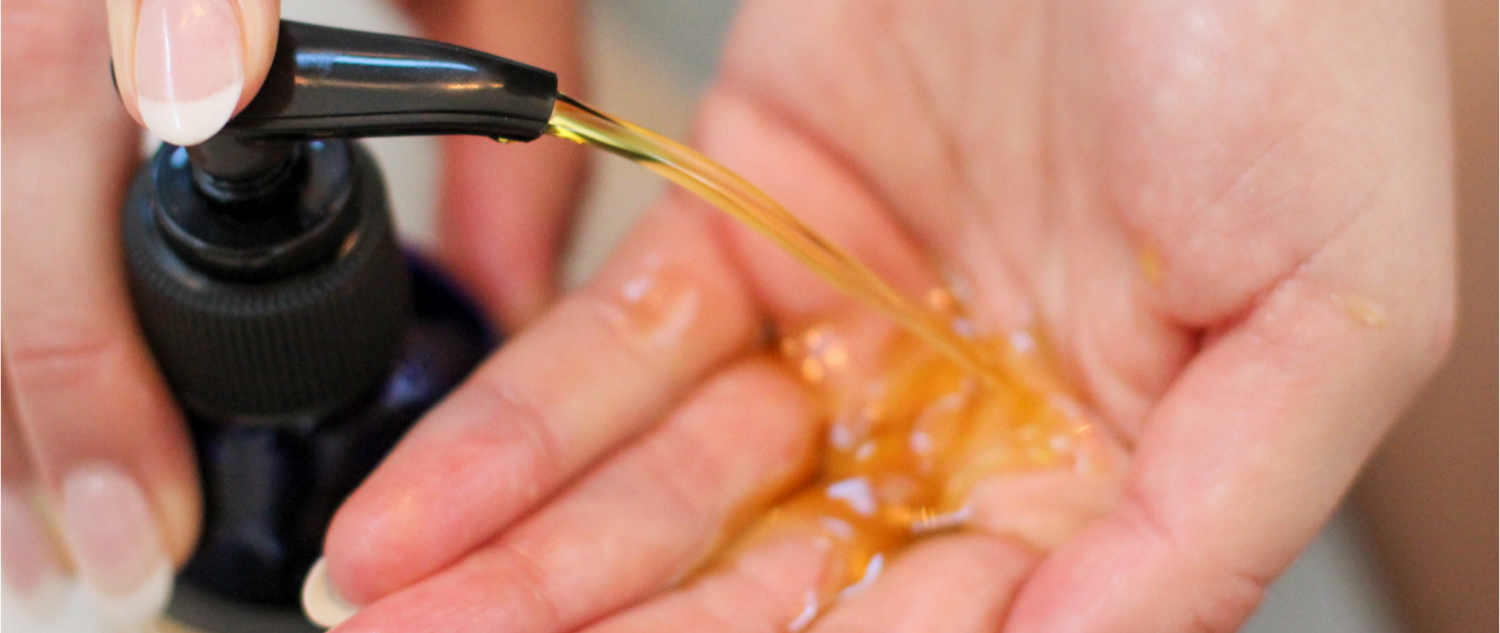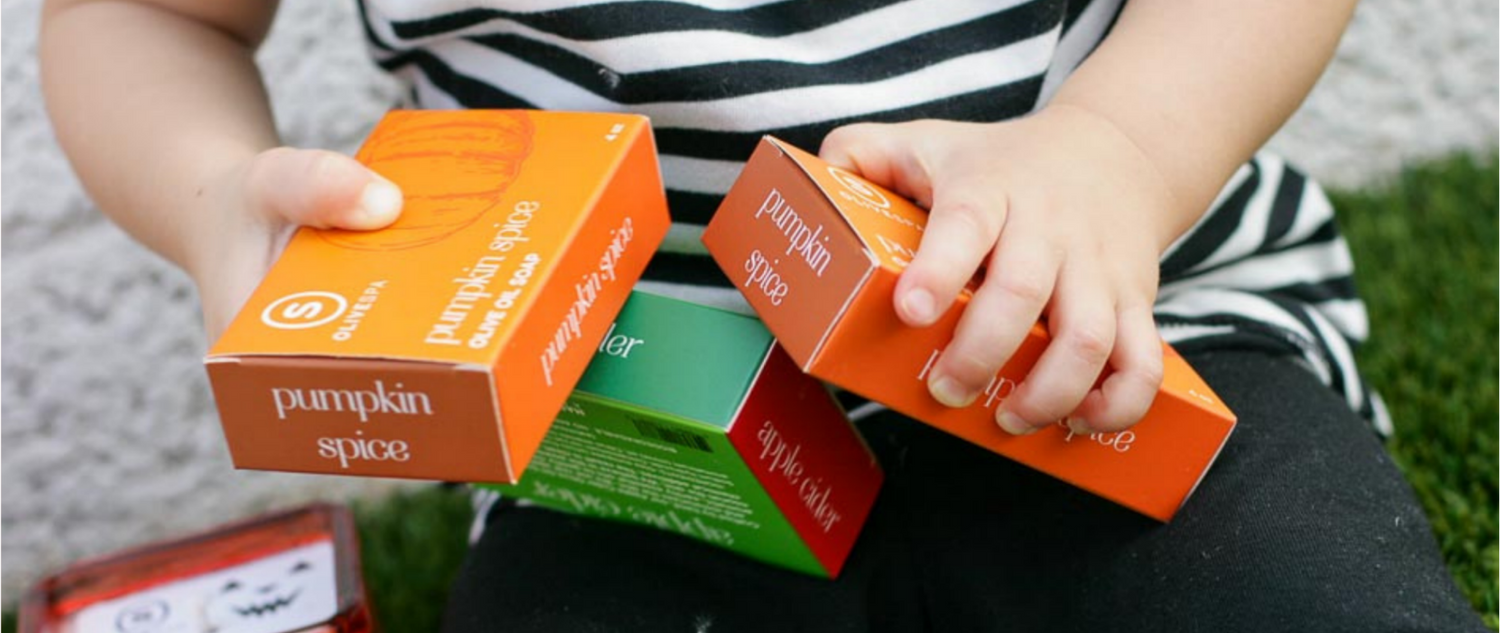As the leaves change color and the temperatures drop, it's time to bid farewell to your summer skincare routine and embrace a new one tailored for the fall and winter months. The transition can be a smooth one with a few adjustments. Here's your ultimate guide to switching up your skincare routine for the colder seasons.
1. Hydration is Key: Fall and winter bring dry air and lower humidity levels, which can leave your skin feeling parched. Swap out your lightweight summer moisturizer for a richer, hydrating one. We recommend our ultra nourishing Ageless Face Night Oil which helps to regenerate the skin at night.
2. Don't Forget Sunscreen: Many people make the mistake of ditching sunscreen when the weather cools down. However, UV rays are still present, even on cloudy days. Opt for a broad-spectrum sunscreen with at least SPF 30 to protect your skin year-round.
3. Exfoliate Gently: Incorporate a gentle exfoliator into your routine to slough off dead skin cells and promote cell turnover. Exfoliating 1-2 times a week can help your skin absorb moisturizers better and maintain a healthy glow. Click here to learn about our Exfoliating Face Polish.
4. Lip Care: Chapped lips are a common concern in colder weather. Invest in a good lip balm with ingredients like beeswax or shea butter to keep your lips soft and smooth. Exfoliating your lips with a homemade sugar scrub can also help. We're obsessed with our olive oil and shea butter based lip balms - check them out here.
5. Swap to Creamy Cleansers: Consider switching from gel or foaming cleansers to creamy or oil-based ones. These are less likely to strip your skin of its natural oils, which can become more essential in the colder months.
6. Serums for Extra Care: Serums with ingredients like vitamin C, niacinamide, and antioxidants can help combat skin issues like hyperpigmentation and inflammation. Incorporate a serum into your routine to address specific concerns. Read why we prefer a vitamin C powder versus a vitamin C serum here.
7. Humidifier for Indoor Air: Investing in a humidifier for your home can help combat the dry air indoors during the colder months. It adds moisture to the environment, which can prevent your skin from becoming too dry.
8. Hand and Body Moisturizers: Don't neglect your hands and body. Consider using richer moisturizers for these areas to combat dryness and flakiness. Olive oil is your skin's best friend: tap here to learn more about our hand salves and foot balm.
9. Treat Yourself to Masks: Treat yourself to hydrating masks and treatments once a week to give your skin an extra boost of moisture and nourishment.
10. Consult a Dermatologist: If you have specific skin concerns or conditions, consider consulting a dermatologist. They can provide tailored recommendations and treatments to keep your skin healthy and glowing throughout the season.
Remember that everyone's skin is unique, so it's essential to pay attention to how your skin reacts to the changes you make in your skincare routine. Make adjustments as needed and listen to your skin's needs. With the right care, you can keep your skin looking radiant and healthy even as the temperatures drop and winter sets in.





